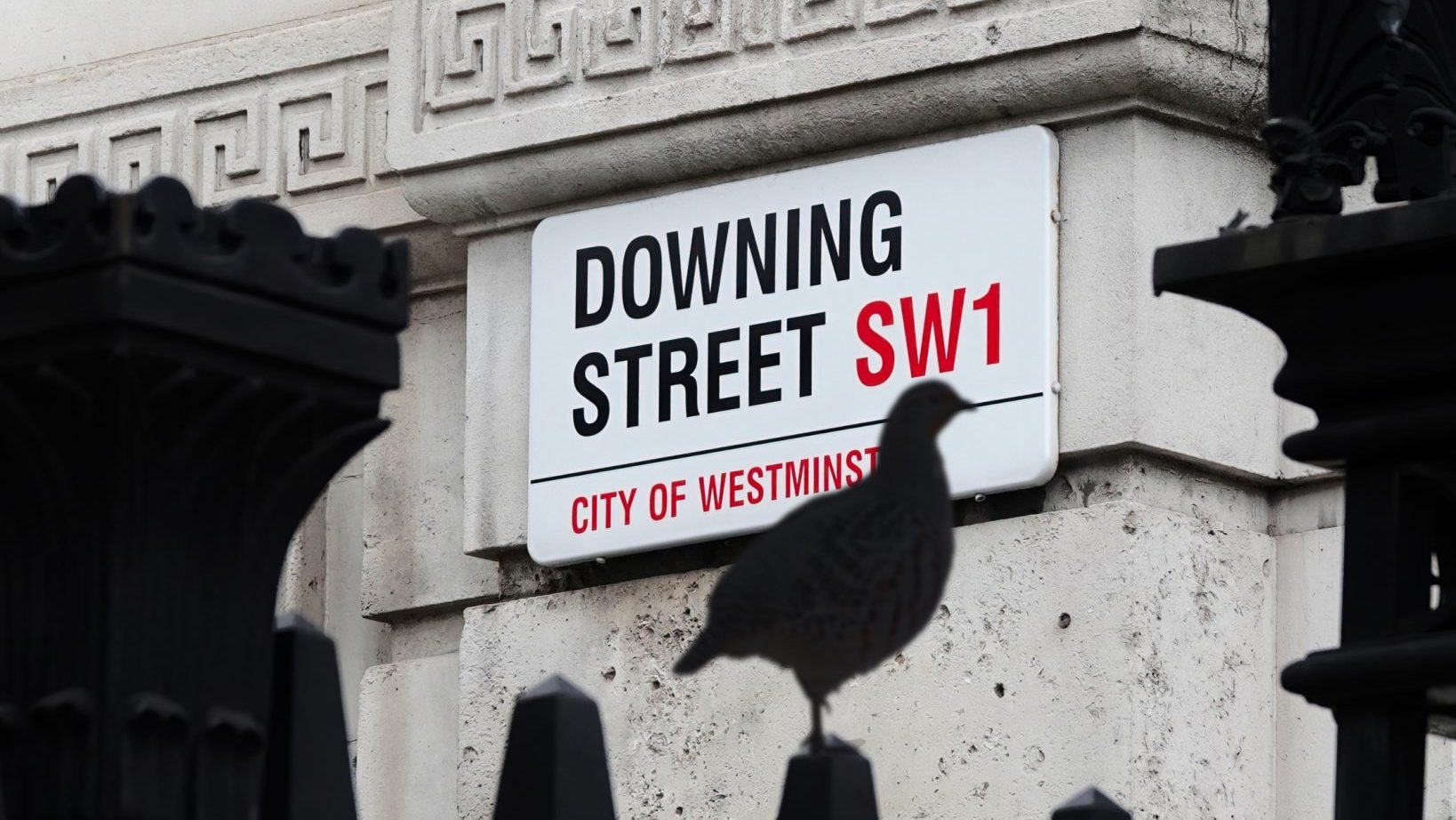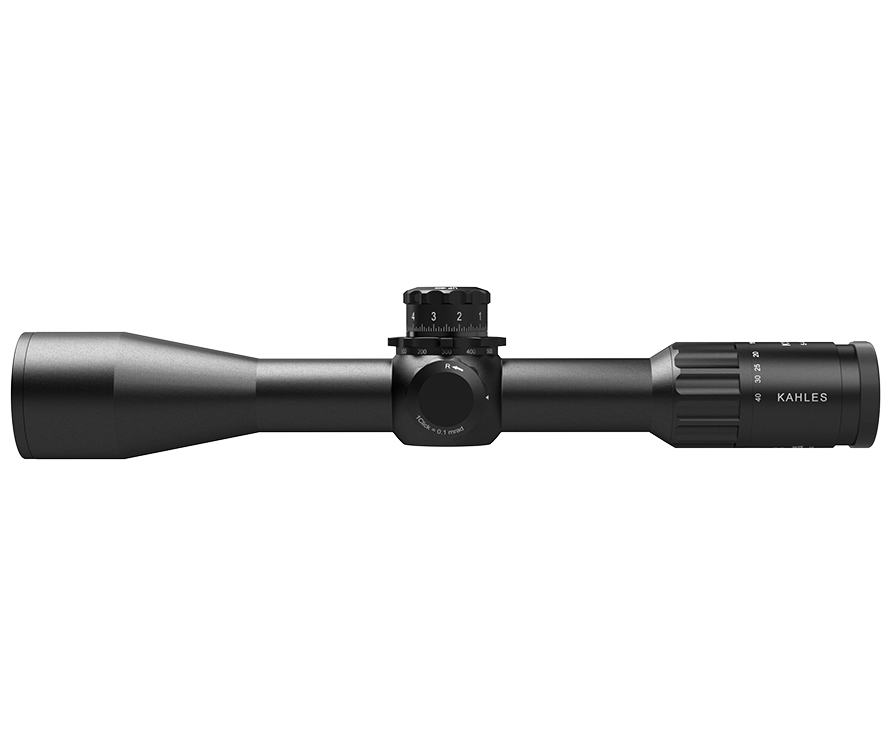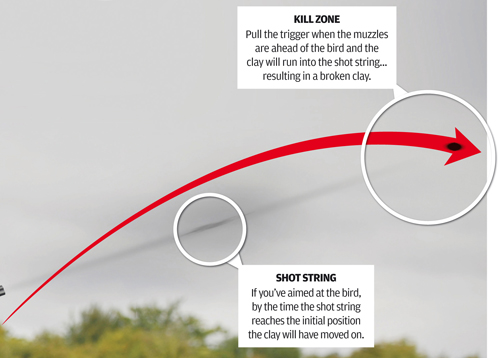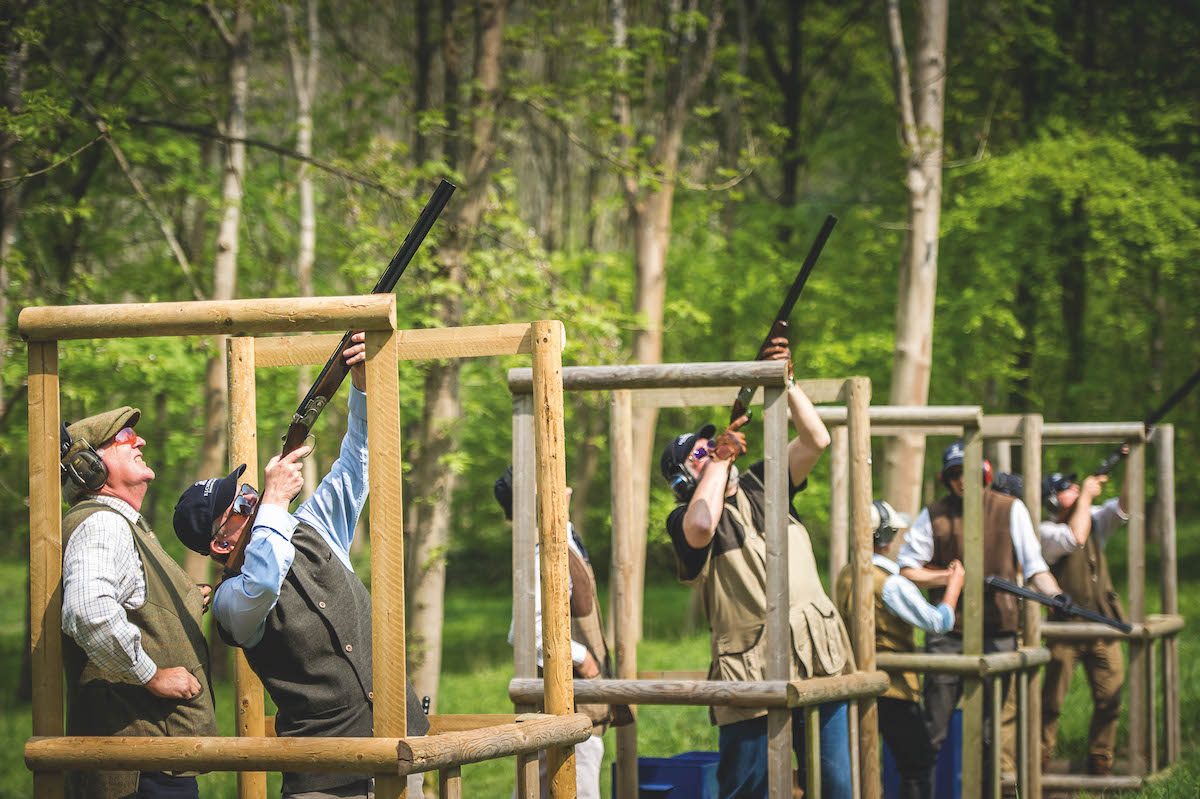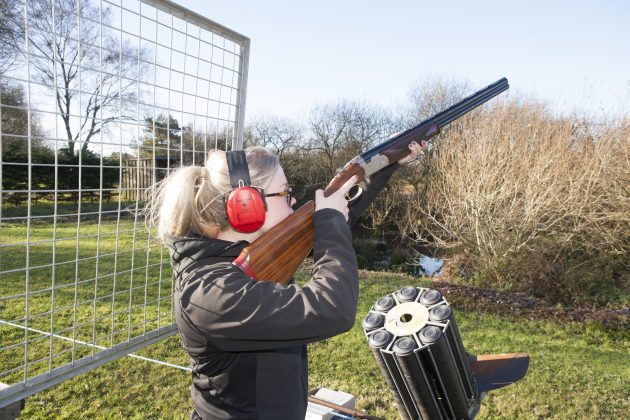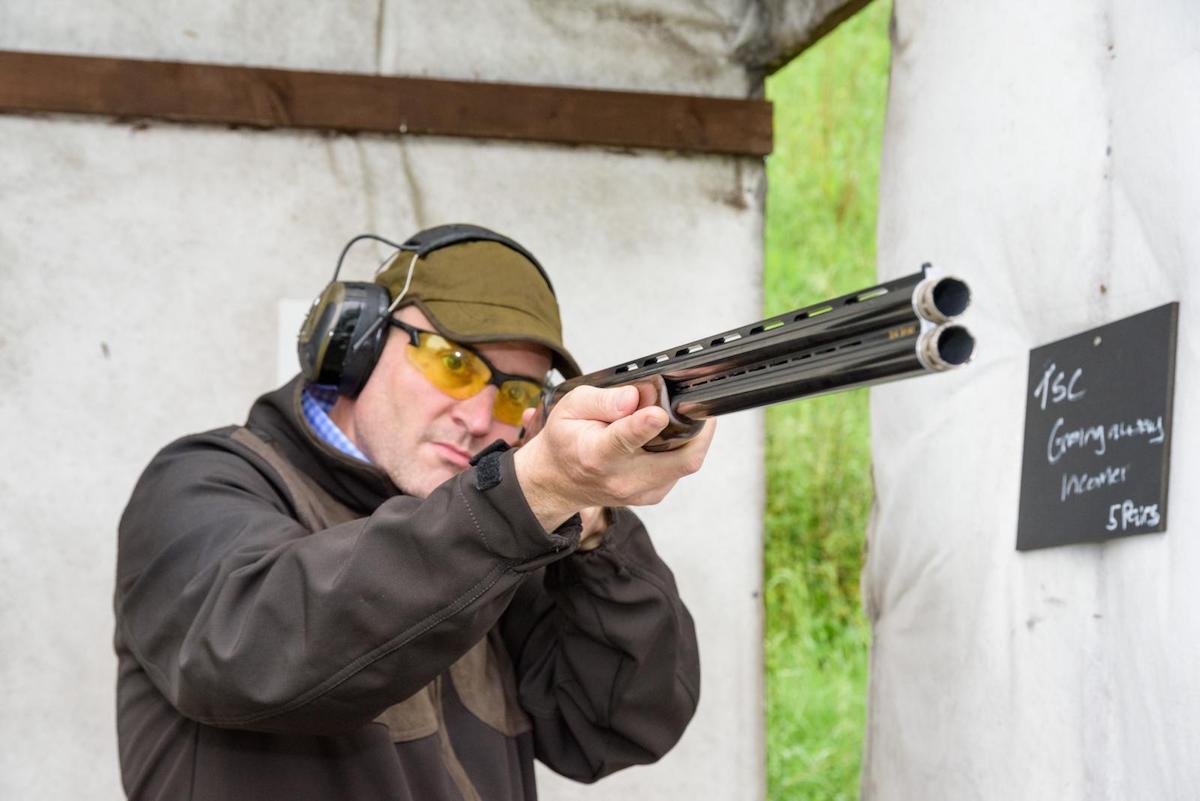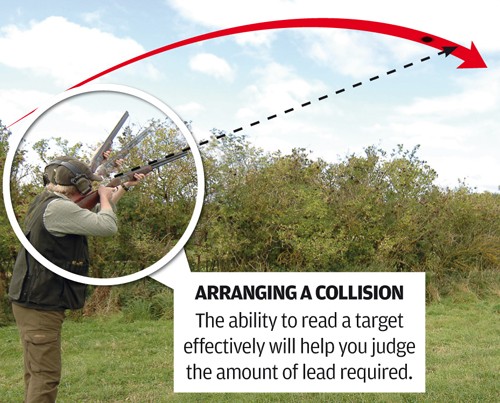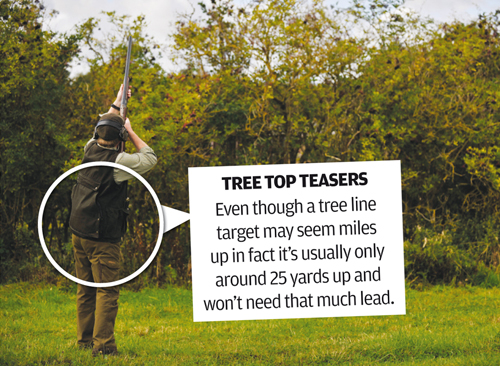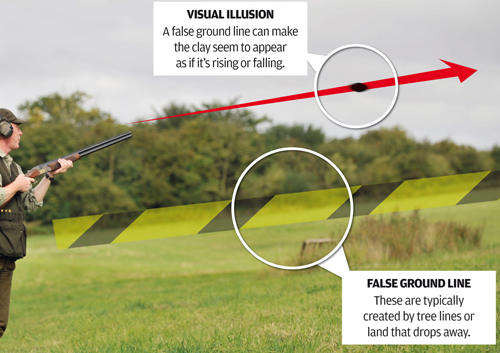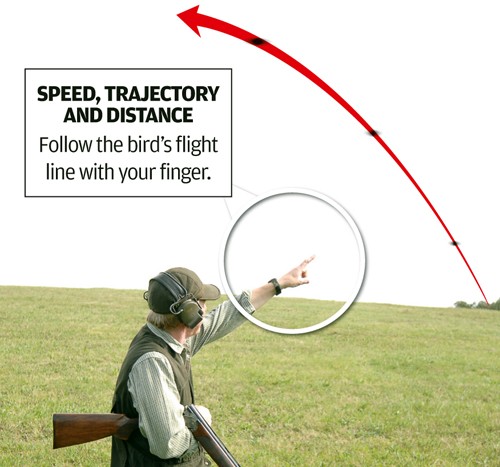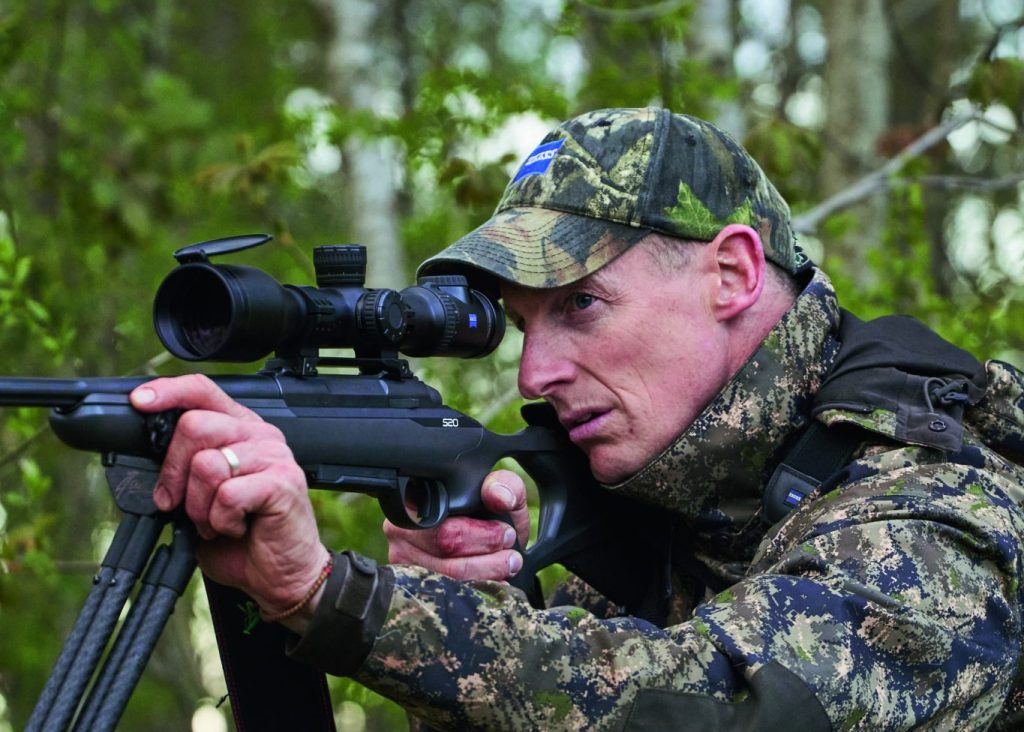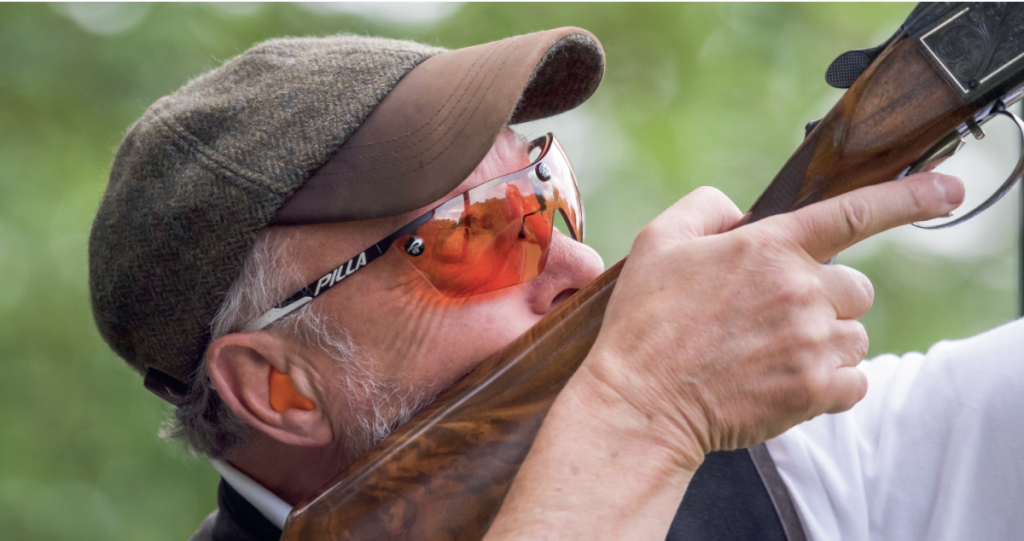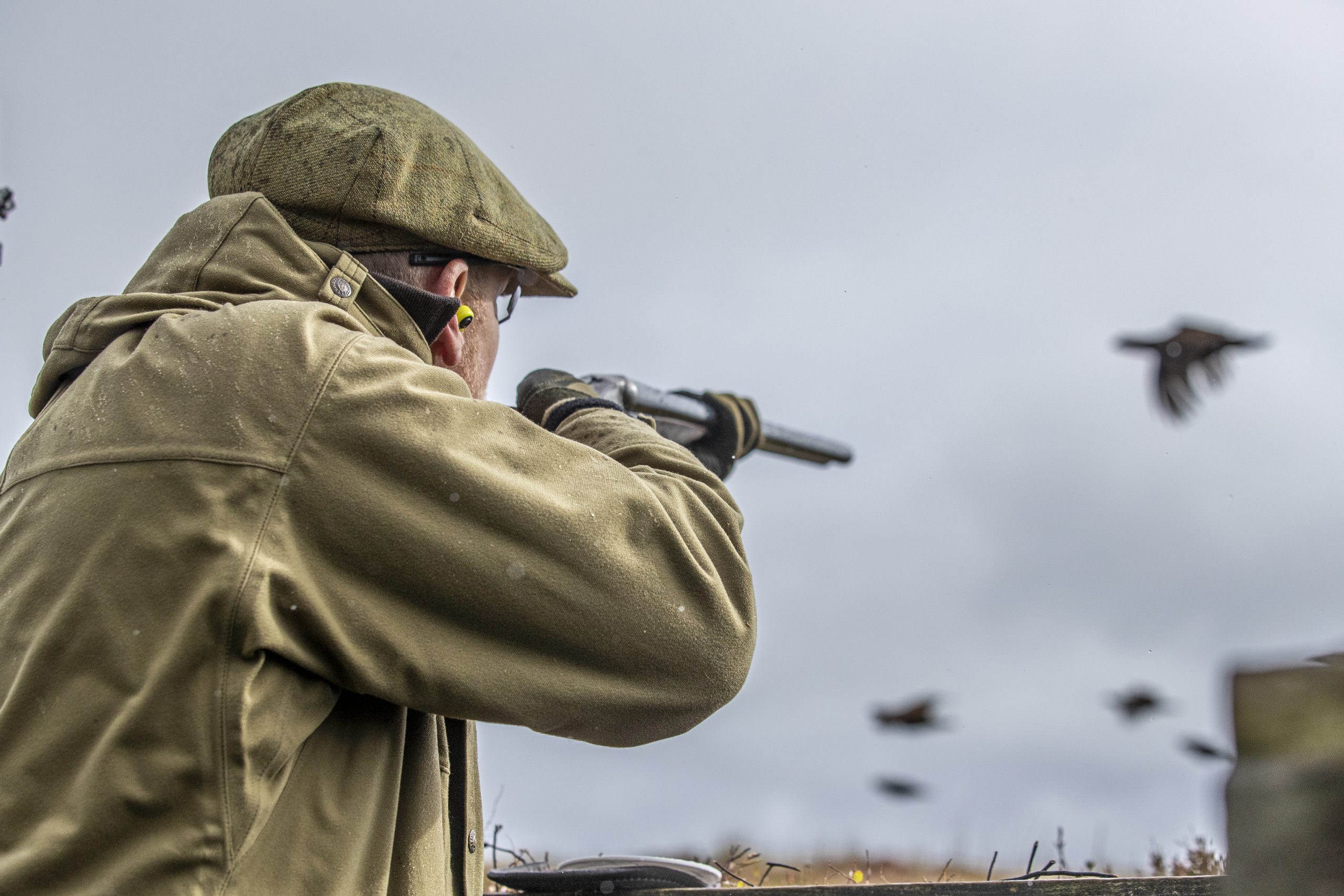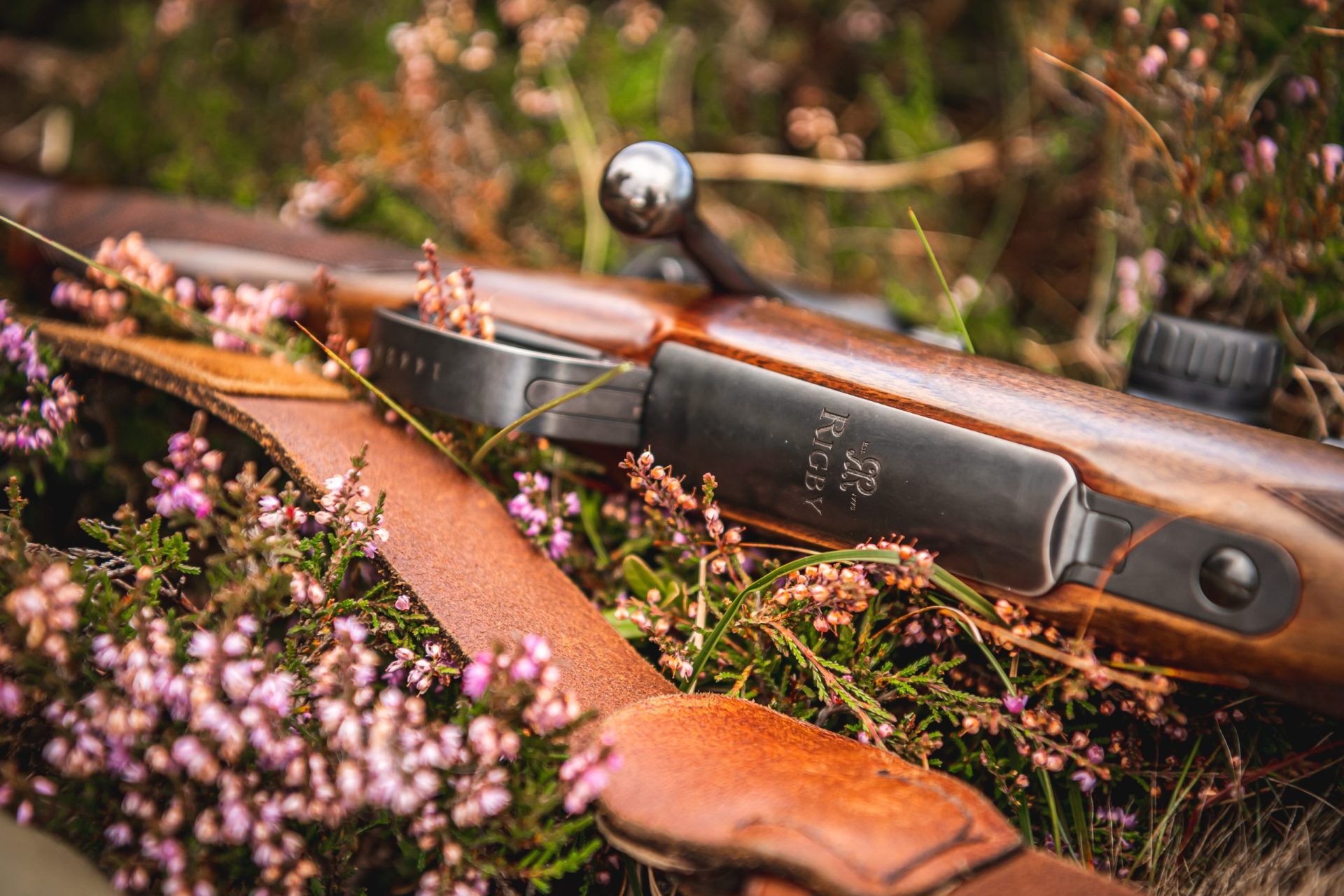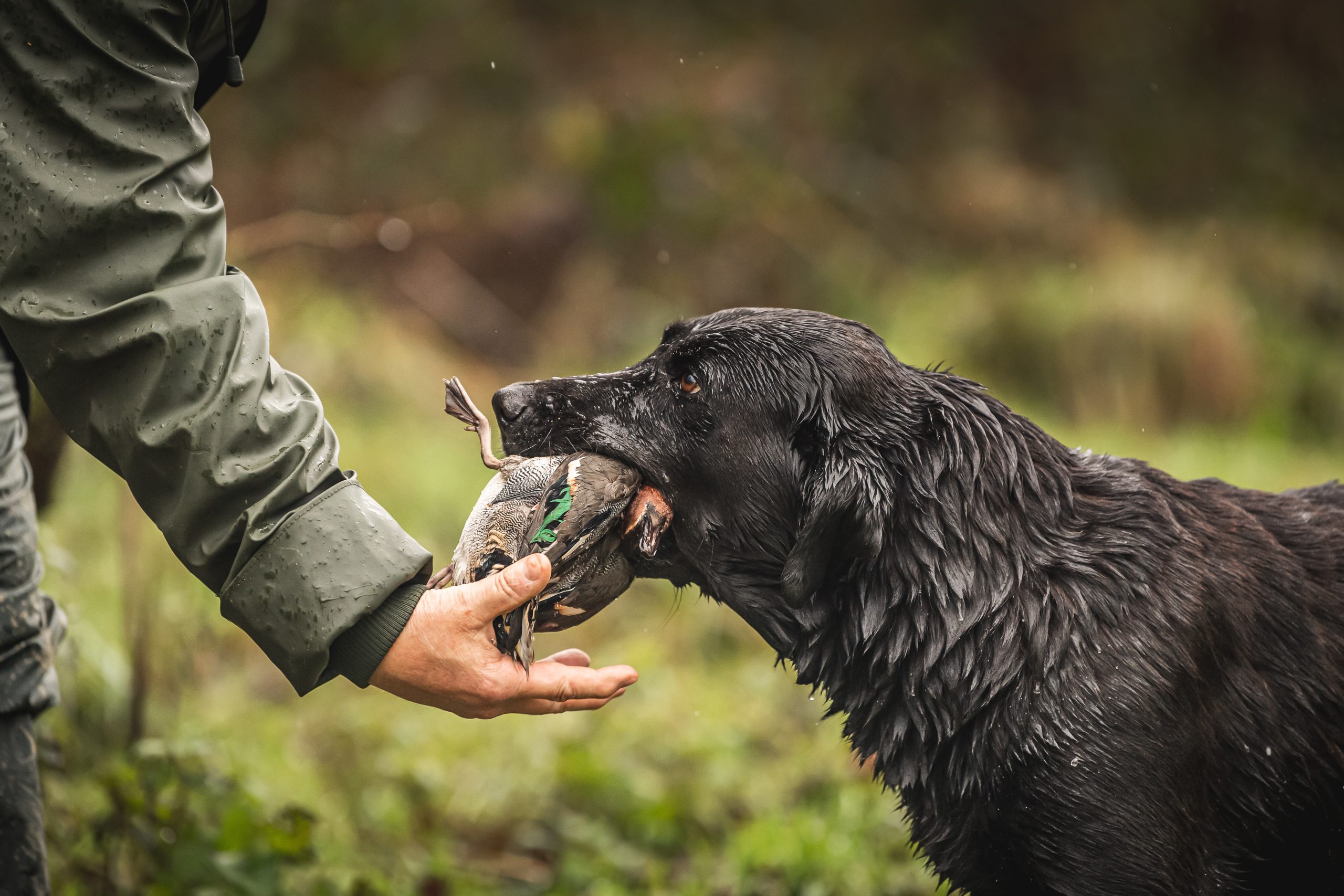Understand the jargon heard on the clay shooting ground with Mark Russell’s tips for shooting beginners
Shooting
How to read a clay target successfully
Last month we looked at a few 'firsts' in the shooting world, safety first, first gun, first targets and the like. Carrying on from this I'd like to reconsider how we actually hit our targets.
Would you like to speak to our readers? We offer sponsored articles and advertising to put you in front of our audience. Find out more.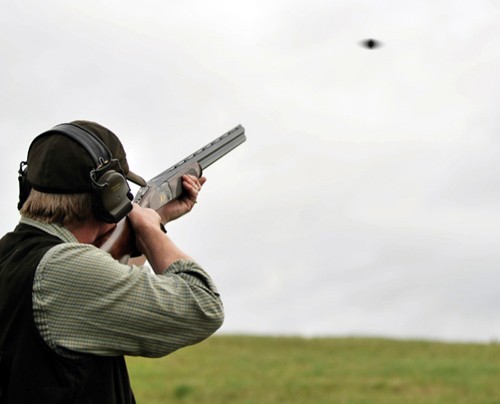
What makes us pull the trigger when we do and where should the gun be pointing when we do so?
And how do we learn to pull the trigger at exactly the right moment when the barrels are pointing in exactly the right direction?
Why is it that doing everything in a certain way means you can usually hit a crossing target, say, but utilising the same techniques on a quartering, going away bird ends up with a line of zeroes on your scorecard?
The difference is generally put down to our ability to ‘read’ a target.
Practice and practice again
It’s like everything, practice does make perfect.
And shooting is a typical example.
You may have spent ages in front of a mirror perfecting your gun mounting technique, a small fortune on having your gun fitted properly and hours down at the clayshooting range attempting to hit targets.
This will improve your scores but for a dramatic increase in your hit rate you really need to know where to point the gun – and why you’re doing so – before you pull the trigger!
Secrets of successful clayshooting
Learn how to hit more targets by understanding the physics of clay pigeon shooting
Issues with eye dominance when shooting: how to deal with them
Do you have issues with eye dominance? Eye dominance is the tendency to favour one eye to the other while…
This is where being able to read a clay target is so important
These are the basics.
- Any type of clay target will always travel at several feet per second, as will the stream of shot from your gun.
- You need to arrange a collision and make sure the target hits the stream of shot.
- Shoot slightly ahead of the target to ensure a hit. If you aim at the clay it will have moved on by the time the shot reaches the intial position.
- Aim at the target and you’ll miss behind.
- So pull the trigger when the muzzles are ahead of the bird and the clay will run into the stream of shot, resulting in a broken clay.
What about the muzzles?
Where do you point the muzzles of the gun as you pull the trigger? Obviously in front of the clay to arrange the collision, but where exactly?
With certain disciplines, skeet for example, a clay is much easier to read as the targets always travel on an identical flightpath and at the same speed.
With sporting layouts, however, every stand can be different so the ability to read a target effectively is a skill worth practising.
Forward planning
One of the most important aspects of reading a target is forward planning. You can judge a great deal by watching how the bird is presented before you attempt to kill it.
Think about the following:
- Is the clay veering slightly to one side?
- If so, which way?
- How long is it before gravity really starts to affect the clay?
- How quickly does it then start to drop?
- What about the change in velocity? If your preferred kill point on a particular stand is quite close to the trap, the velocity (or speed) of the clay is going to be significantly higher than what it would be towards the end of the bird’s travel.
Useful pointers to judge distance
- Consider the distance from the stand to your kill point.
- If a target appears from above the tree line it’s probably only about 25 yards above you.
- In shooting terms this is pretty close so you probably won’t need that much lead, even if it does look miles up in the air.
- Think about conditions. The stand may be calm but the wind over the treetops could make the clay duck, dive and potentially veer off a straight trajectory.
- Think about the terrain and the mindset of the course designer. Ask yourself, “am I being conned here?”
Reading clay targets
Let’s see how to face a crosser.
- Have a really close look at how the bird is being presented (it often helps to follow the clay’s line of travel with your finger) – to decide where you can ‘pick up’ the clay (the point at which you first see it) and determine where the ‘kill’ point is (where the clay is actually going to be broken.)
- As the bird accelerates out of the trap it gains height slightly, then starts to curve around to the right a little before it slows and starts dropping.
- Our preferred kill point is where the clay is still climbing slightly.
- So the muzzle of the gun needs to be slightly in front of, a little to the right, and maybe on or just a little above the target at the moment we pull the trigger.
- Keep the swing going after the cartridge has been fired.
- The amount of lead we give depends on recalling and utilising a similar target from our memory bank of ‘sight pictures.’ And of course the more you shoot, the experience you will have.
More tips on reading clays
Make sure you know exactly where the clay is going to appear. Try and use a convenient reference point – a twig or branch on a tree or hedge – to help you remember.
Watch how the target is presented; face on, belly or edge on. Remember that a clay presented edge on may appear to be further away than it really is, luring you into giving too much lead. Conversely, a belly up clay can appear large, even though it may be a long-range target.
A clear background (like the sky) can mislead you into thinking the target is further away from you than it actually is, because you have no readily available points of reference.
Related articles
Shooting
Shotgun
Let’s bite the bullet
The ban on lead shot for all game shooting is moving apace so it’s time to find the best eco-friendly ammunition that suits you and your rifle
By Time Well Spent
Shotgun
Shotgun buying guides
Starting out? Make sure it fits
If you’re buying your first clay gun, the right fit takes precedence – not good looks, the brand your mate’s got or even price – warns Paul Austin
By Time Well Spent
Manage Consent
To provide the best experiences, we use technologies like cookies to store and/or access device information. Consenting to these technologies will allow us to process data such as browsing behavior or unique IDs on this site. Not consenting or withdrawing consent, may adversely affect certain features and functions.
Functional Always active
The technical storage or access is strictly necessary for the legitimate purpose of enabling the use of a specific service explicitly requested by the subscriber or user, or for the sole purpose of carrying out the transmission of a communication over an electronic communications network.
Preferences
The technical storage or access is necessary for the legitimate purpose of storing preferences that are not requested by the subscriber or user.
Statistics
The technical storage or access that is used exclusively for statistical purposes.
The technical storage or access that is used exclusively for anonymous statistical purposes. Without a subpoena, voluntary compliance on the part of your Internet Service Provider, or additional records from a third party, information stored or retrieved for this purpose alone cannot usually be used to identify you.
Marketing
The technical storage or access is required to create user profiles to send advertising, or to track the user on a website or across several websites for similar marketing purposes.

